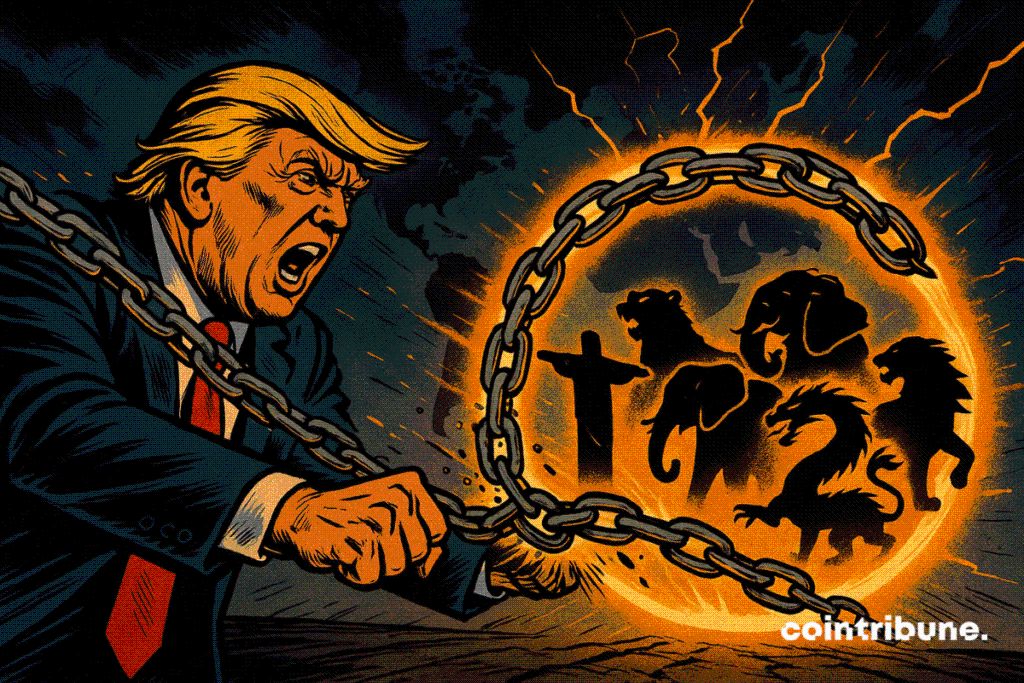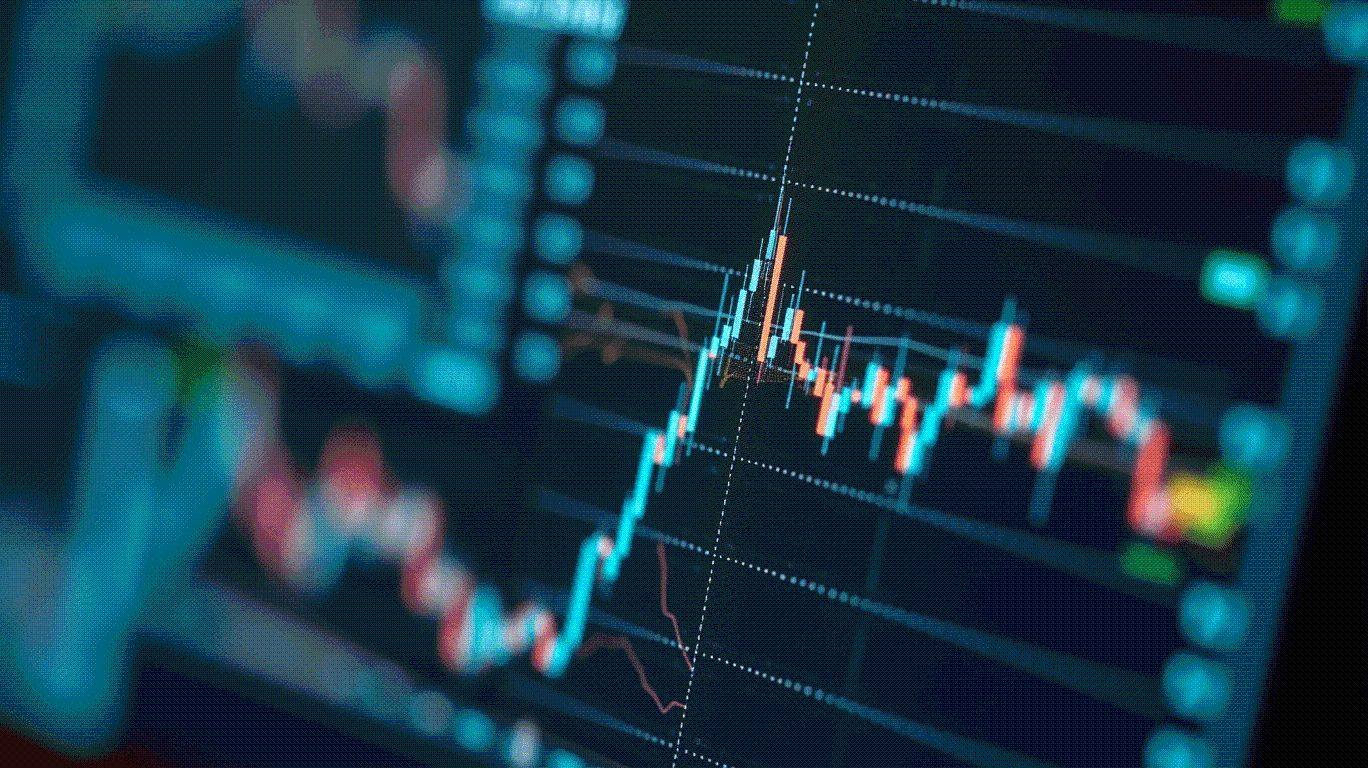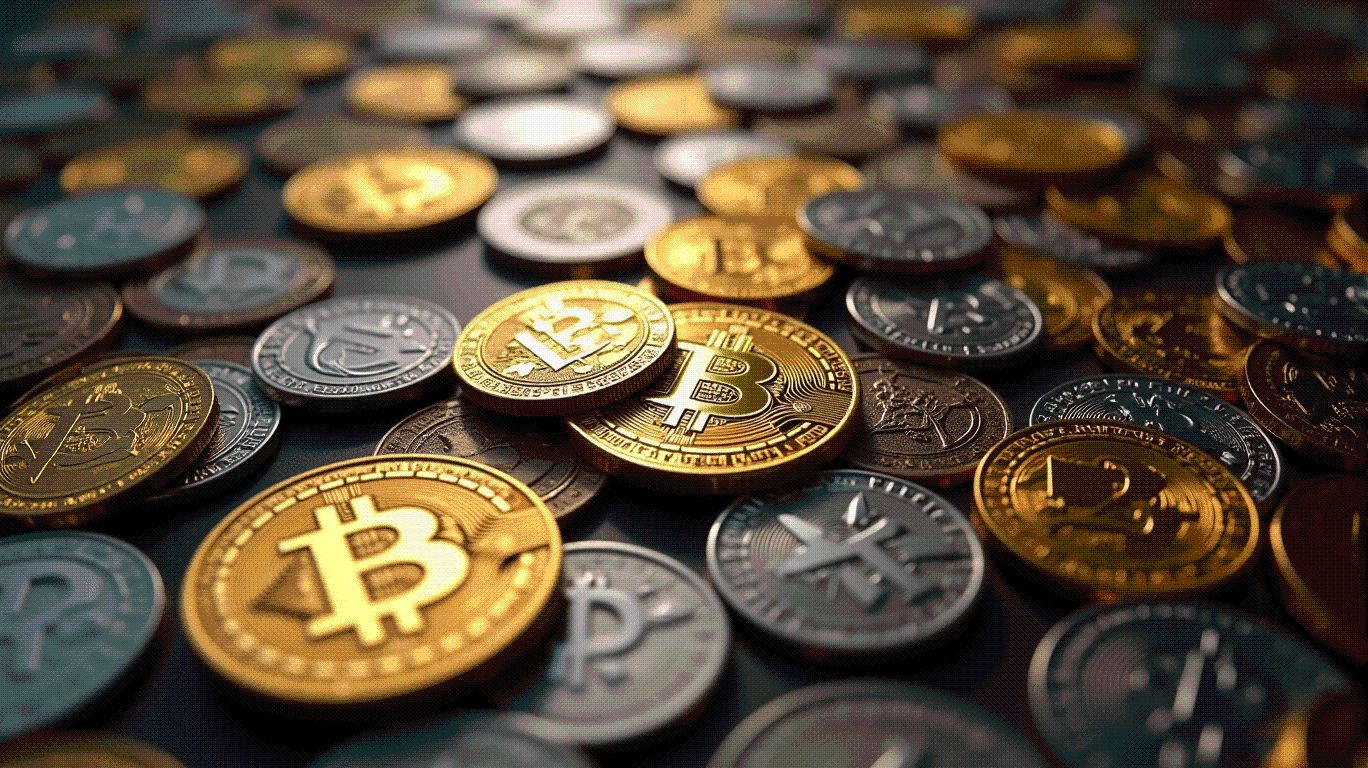Trump’s Sanctions Unintentionally Unite the BRICS
By seeking to isolate his rivals, Donald Trump could well get the opposite effect. Under the pressure of his trade sanctions, the countries of the BRICS bloc, long divided, are beginning an unprecedented strategic rapprochement. As tensions rise, China, India, Russia and their partners seem more willing than ever to cooperate economically and diplomatically.

In brief
- Donald Trump imposes severe trade sanctions on BRICS countries, with record tariffs reaching up to 145% for China.
- These measures create common ground among BRICS members, who respond with a coordinated strategy to reduce their dependence on the dollar.
- China, India and Russia are preparing to hold an unprecedented trilateral summit in six years, amid rising tensions with the United States.
- Despite persistent disagreements, especially between India and China, BRICS is developing pragmatic cooperation in trade and strategic resources.
Tariff pressure that unites BRICS
Since his return to the White House, Donald Trump has chosen to confront the BRICS head-on through an aggressive trade policy , marked by unprecedented tariff increases. The figures speak for themselves and illustrate a resolutely punitive strategy:
- China was threatened with a 145% tariff if no compromise was found with Washington;
- India is hit by a 50% tariff, half of which is specifically related to the purchase of discounted Russian oil;
- Brazil is also subject to 50% customs duties on certain exports;
- South Africa suffers a 30% charge, despite its limited direct trade exposure to the United States;
- Egypt, a new entrant to the BRICS bloc, could see its taxes increase simply due to its participation in the group.
Ajay Srivastava, a former senior Indian trade official, points out that these sanctions only fuel a common front: “they give them a common incentive to reduce their dependence on the United States, even if their agendas differ”.
Faced with this external pressure, BRICS alliance countries are responding convergently. The group’s central banks have increased their gold purchases, and bilateral trade agreements in national currencies (yuan, rupee, ruble) are multiplying. This momentum, once sporadic, now takes the form of a deliberate strategy to reduce dependence on the US dollar.
Pragmatic cooperation despite internal tensions
As trade tensions with the United States intensify, leaders of the main BRICS members are preparing to display their unity at the Shanghai Cooperation Organization (SCO) summit, to be held in Tianjin, China.
For the first time in six years, a trilateral summit between China, India and Russia is planned. The Kremlin is pushing in this direction, hoping to “strengthen the core of the BRICS alliance” and ease historic tensions between New Delhi and Beijing. This is a deliberate attempt to consolidate the group’s hard core in the face of Western pressure.
This initiative is accompanied by bilateral détente signals. Beijing and New Delhi, long at odds over their 3,500-kilometer border, have reopened direct flights, facilitated visa access and engaged in discussions on rare earth supply, a sector in which China holds over 85% of the world’s processing capacity.
During an official visit, Chinese Foreign Minister Wang Yi confirmed that China is committed to increasing deliveries to India, essential for its defense industries and energy transition.
Nevertheless, mistrust persists, notably due to Beijing’s closeness to Islamabad and the controversial Chinese dam project on the Tibetan plateau, which worries New Delhi. This geopolitical complexity limits the scope of a true rapprochement, especially as India continues to rely heavily on the American market, with $77.5 billion in exports to the US in 2024, against much smaller volumes to China or Russia.
However, beyond tensions, a pragmatic logic seems to emerge. BRICS is no longer a mere ideological platform. The bloc becomes a variable geometry cooperation space, focused on trade, finance and supply chains. Thus, projects for settlement in local currencies, “Buy BRICS” campaigns, and ambitions to reform global governance (notably via the WTO) attest to this. While the BRICS single currency project is on hold , alternatives to the dollar are taking shape.
Disclaimer: The content of this article solely reflects the author's opinion and does not represent the platform in any capacity. This article is not intended to serve as a reference for making investment decisions.
You may also like
Blockchain-Driven GDP Reporting: A New Era for Economic Forecasting and Fintech Innovation
- U.S. Department of Commerce plans to publish GDP data on blockchain, leveraging its tamper-proof, decentralized architecture to enhance transparency and data integrity. - Blockchain-enabled real-time GDP reporting reduces data lag and noise, enabling dynamic forecasting models and faster policy responses compared to traditional delayed reports. - The initiative creates investment opportunities for fintech firms (e.g., IBM, Snowflake) and MLaaS providers (e.g., AWS, Google Cloud) in blockchain infrastruct

AI Agent Platforms: The Next Frontier in Search Disruption and Recall's Strategic Edge
- Recall.ai disrupts traditional search by transforming real-time meeting data into contextual intelligence via its "Meeting Bots as a Service" platform. - The API-first model enables enterprises to integrate AI-driven transcription, sentiment analysis, and interactive features like Output Media for automated workflows. - With $10M ARR and 300+ enterprise clients, Recall's usage-based pricing and vertical-specific solutions position it as a scalable AI infrastructure leader in the $12B transcription market

Solana's $300 Target Amid Volatility and Emerging BlockDAG Competition: A Contrarian Play on High-Growth Crypto Assets
- Solana (SOL) faces a critical juncture in 2025 amid volatility, with a $195.99 price and 24.80% annual gain despite regulatory risks and BlockDAG's 15,000 TPS challenge. - Institutional adoption ($1.72B invested by 13 firms) and upcoming Firedancer upgrades aim to boost scalability, while a potential 2025 ETF approval could drive SOL toward a $300 target. - BlockDAG's $385M presale and 2,900% early returns highlight disruption risks, but Solana's 4,500+ developers and 65,000 TPS edge maintain its DeFi/NF

Meta's Political Playbook in AI Regulation: Reshaping Tech's Competitive Landscape and Investment Horizons
- Meta's 2025 political strategy leverages super PACs and lobbying to weaken AI regulations, targeting California bills like SB 53 and SB 942. - The company's $64-72B AI infrastructure spending and NVIDIA partnerships drive 50% revenue growth for hardware suppliers. - Google and Microsoft pursue similar deregulatory goals but emphasize ESG commitments, creating sector-wide sustainability gaps. - Federal investigations and state transparency laws pose risks, while infrastructure investments position Meta to

